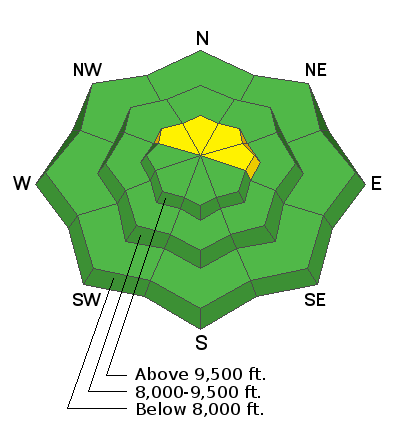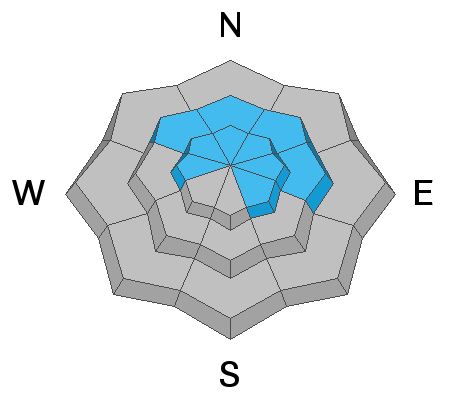Forecast for the Provo Area Mountains

Issued by Drew Hardesty on
Tuesday morning, December 18, 2018
Tuesday morning, December 18, 2018
While most terrain has an overall LOW avalanche danger, isolated pockets of MODERATE DANGER exist for human triggered avalanches 2-4' deep into old snow layering. Heightened areas of concern include steep, thin, rocky terrain on northwest to easterly facing slopes. Collapsing and cracking may or may not be present to warn you of unstable avalanche conditions. Also avoid any smooth and rounded, stiff and stubborn hard wind slabs in steep terrain.

Low
Moderate
Considerable
High
Extreme
Learn how to read the forecast here









